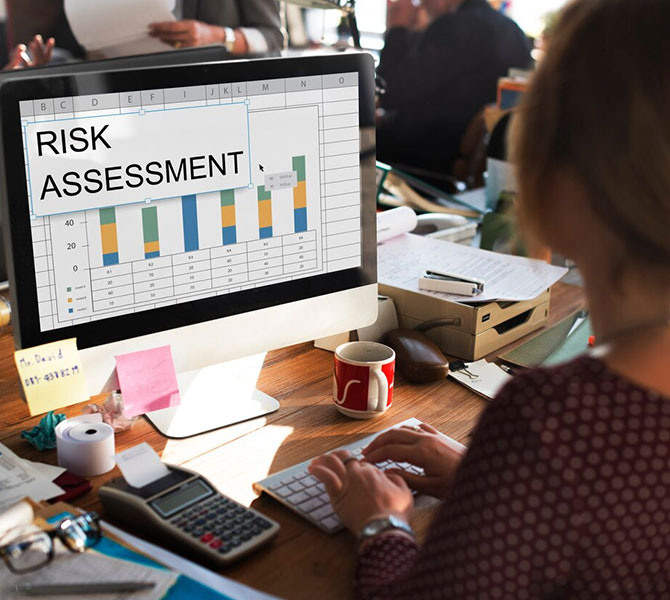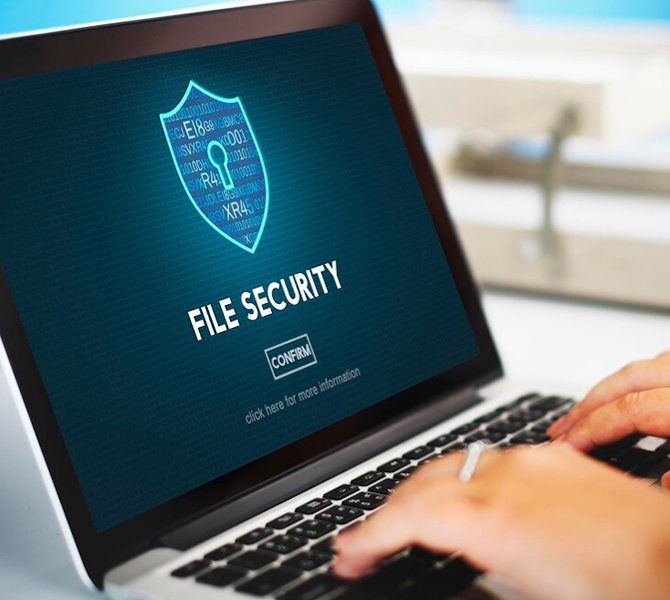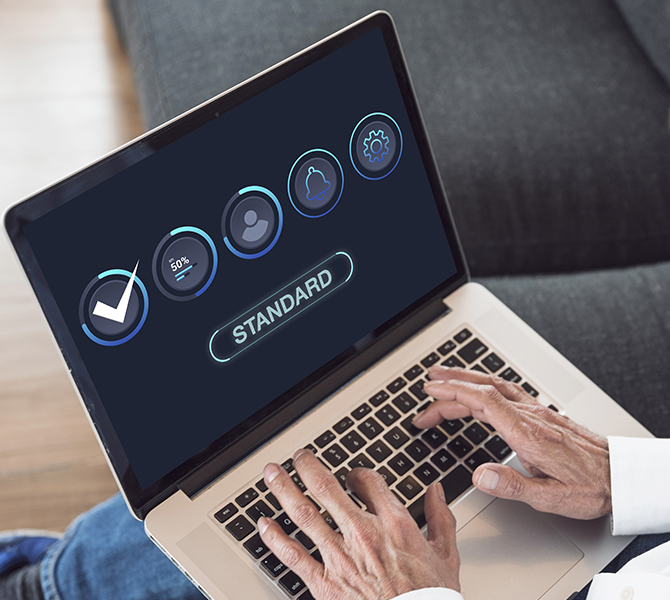Our commitment to securing the airport sector involves a comprehensive Cyber Security Framework (CSF) that addresses the unique challenges of the airport industry. This document details our structured approach to safeguarding airport assets, infrastructure, and operations against cyber threats. By adhering to rigorous standards and best practices, we ensure the protection, confidentiality, integrity, and availability of information systems and data.

Introduction
The Airport Cybersecurity Framework (CSF) is designed to protect, maintain, and ensure the resilience of information systems and data within the airport industry against cyber threats. This framework is aligned with several international cybersecurity regulations and standards, such as the ICAO Cybersecurity Strategy, FAA airport Cybersecurity Guidelines, and NIST Cybersecurity Framework. Given the increasing interconnectedness of airport systems, proactive measures are essential to mitigate known threats and anticipate emerging risks.
Scope
The CSF applies to a broad array of airport-related entities, including airlines, airports, regulatory bodies, maintenance services, and ancillary industries. It addresses the unique cyber challenges faced by different segments of the airport value chain, ensuring comprehensive coverage and security.
Airport Technology Components
Critical components essential for the smooth operation of the airport sector include:
- Baggage Handling Systems (BHS)
- Flight Information Display Systems (FIDS)
- Announcement Systems
- E-Boarding Systems
- Public Address and Voice Alarm Systems (PAVA)
- CCTV Systems
- Information Message Broker
- Airport Management Systems (AMS)
- Heating, Ventilation, and Air Conditioning (HVAC) Systems
- Fire Detection and Alarm Systems (FDAS)
- Access Control Systems (ACS)
- Advanced Surface Movement Guidance & Control Systems (ASMG)
- Visual Docking Guidance Systems (VDGS)
Minimum Control Matrix
We have developed a comprehensive matrix of minimum controls for each critical technology component, aligning with the six security pillars of the Cyber Security Framework. This matrix ensures that every aspect of our airport technology infrastructure, from Baggage Handling Systems (BHS) to In-flight Entertainment Systems, is protected against cyber threats. Each component is assessed for risk governance, defensive measures, threat monitoring, incident response, continuity planning, and post-incident enhancements. This structured approach enables us to mitigate vulnerabilities, ensure operational resilience, and maintain the highest standards of cybersecurity across the airport value chain.
The Airport Cybersecurity Framework outlined here is a comprehensive strategy designed to protect and enhance the security of the airport sector. By adhering to international standards, implementing rigorous controls, and fostering a culture of continuous improvement, we are well-equipped to address the evolving cyber threats facing our industry. Our commitment to cybersecurity ensures the safety, integrity, and resilience of our airport operations, maintaining trust and confidence among all stakeholders. Together, we can secure the future of airport against the ever-present threat of cyber attacks.
Cybersecurity Framework Pillars
Risk Governance and Oversight
- Management Commitment: Establish a governance structure, allocate resources, and integrate cybersecurity into strategic planning.
- Policies and Procedures: Develop, maintain, and audit cybersecurity policies and standards, ensuring compliance with regulations.
- Standards Adoption: Align with international standards like NIST and ISO/IEC 27001.
- Infrastructure Management: Maintain an up-to-date inventory and prioritize critical components.
- Cyber Risk Identification: Assess risks, analyze impacts, and prioritize mitigation strategies.
- Data Ownership and Awareness: Define roles for data management and implement access controls and encryption.

Defensive Measures and Safeguards
- Physical Security: Install tamper-evident seals and surveillance systems.
- Access Control: Implement least privilege access, strong authentication, and session management.
- Configuration Management: Maintain asset inventories and enforce secure configurations.
- Removable Media Controls: Restrict use, encrypt data, and enforce policies.
- Network Security: Use WIDS/WIPS, encryption, and segmentation to secure wireless and network communications.
- Perimeter Security: Deploy firewalls, IDS/IPS, and network segmentation.
- Data Protection: Classify and encrypt data, implement DLP solutions.
- Patch Management: Conduct regular vulnerability scans, prioritize and apply patches.
- Malware Protection: Deploy advanced endpoint protection and conduct regular malware scans.
- Software Security: Integrate security into the SDLC, conduct code reviews, and train developers.
- Vulnerability Assessment: Regular assessments, prioritize remediation based on risk.
- Penetration Testing: Simulate attack scenarios and document findings.
- Cybersecurity Exercises: Participate in industry exercises to simulate threats and improve response.

Threat Monitoring and Detection
- Resource Definition: Clearly define roles for monitoring and detection.
- Log Collection: Aggregate and analyze logs from critical systems.
- Network and Account Monitoring: Continuous monitoring of network traffic and account activities.
- Incident Analysis: Conduct technical analysis of incidents and ensure timely detection of anomalies.

Incident Response and Recovery
- Reporting Mechanisms: Establish clear reporting channels for incidents.
- Roles and Responsibilities: Define roles for incident response and ensure effective communication.
- Incident Management: Develop and implement incident response plans, including containment and mitigation strategies.
- Information Sharing: Facilitate internal and external communication during incidents.

Continuity and Restoration
- Recovery Resources: Identify resources needed for critical function recovery.
- Recovery Plan Implementation: Develop and test recovery plans, ensuring business continuity.
- Crisis Incident Integration: Integrate lessons from incidents into ongoing plans.
- Disaster Recovery: Maintain specific plans for airport-related disasters, ensuring continuity of operations.

Post-Incident Insights and Enhancements
- Incident Review: Conduct post-incident reviews to identify vulnerabilities and improve future responses.
- Management Assurance: Ensure continuous improvement and management commitment to cybersecurity.
- Audit Compliance: Regularly assess compliance with cybersecurity audits and implement enhancements based on findings.
- Cyber Posture Advancement: Enhance overall cybersecurity posture through continuous learning and adaptation.

